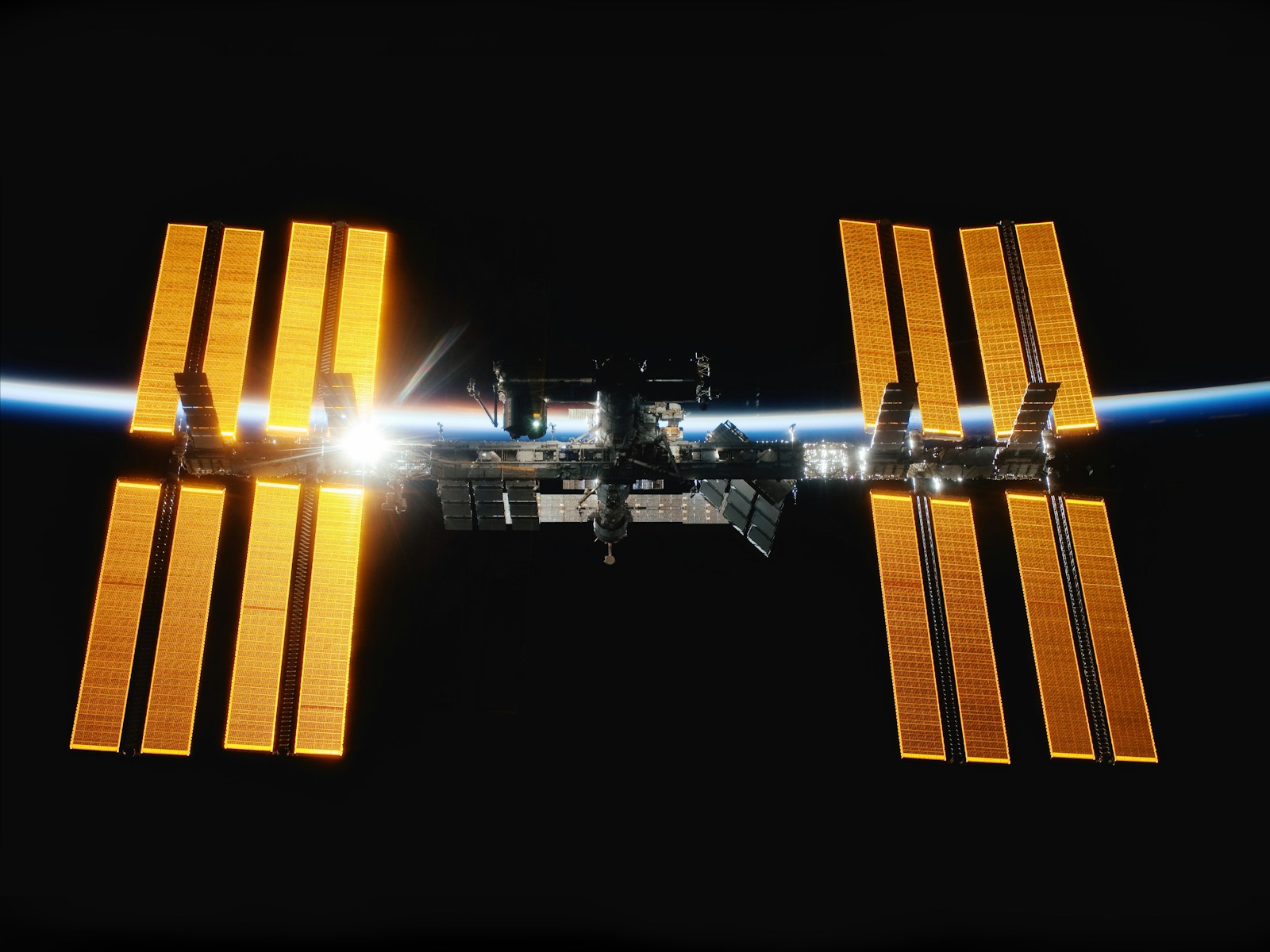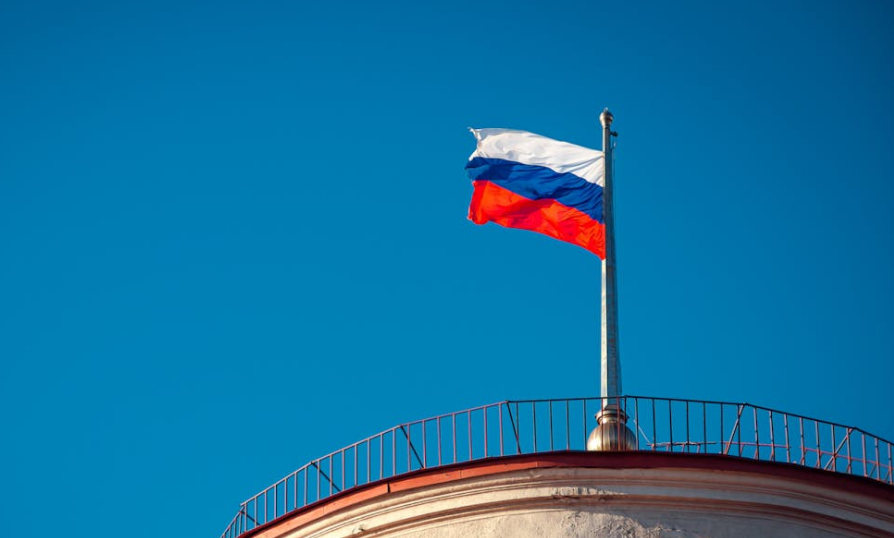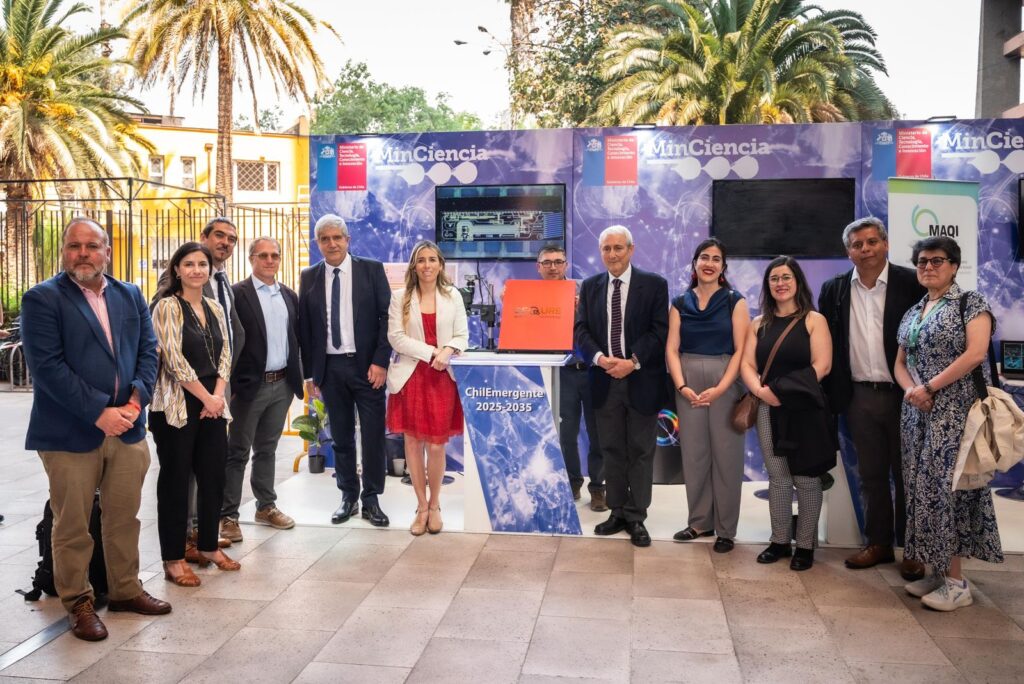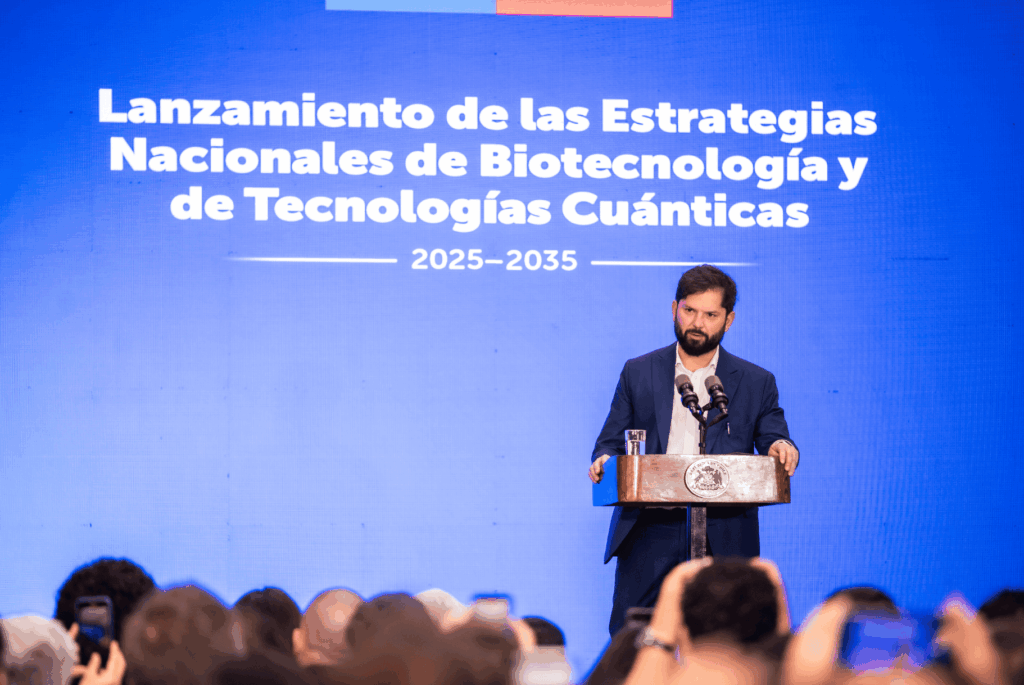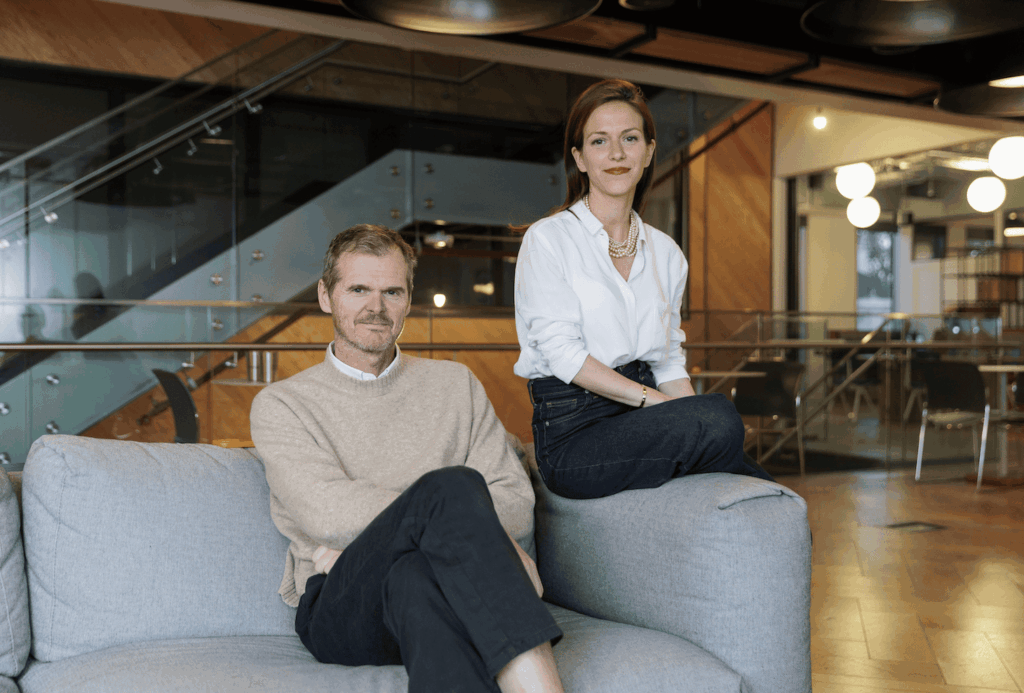Insider Brief
- Space-based research, like that conducted by NASA’s Cold Atom Lab (CAL), is advancing quantum technologies that could soon have practical applications on Earth, just as GPS and camera phones did before.
- CAL’s unique microgravity environment on the International Space Station allows for extended freefall times, enabling precision quantum measurements and experiments that could lead to new advances in fields such as gravimetry and fundamental physics.
- Recent CAL experiments with ultracold atoms demonstrate the potential for space-based quantum sensors, which could boost our understanding of the universe and provide new tools for scientific and commercial use, from detecting gravitational waves to improving navigation systems.
From camera phones to global-positioning satellites, space-based research has helped turn the quest to conquer space into a path to make life more convenient on earth, such as not getting lost on Washington D.C.’s beltway.
That era of space-based discovery is not over and, in fact, may be the perfect environment to help entrepreneurs and researchers hoping to create tomorrow’s quantum technologies, according to a study published in Nature.
Scientists from NASA’s Cold Atom Lab (CAL), a pioneering space-based quantum research facility, write about their progress in spearheading new advances in high-precision measurement technologies by leveraging the unique conditions aboard the International Space Station (ISS). In the study, the team discussed its experiments with ultracold rubidium-87 (87Rb) atoms as a path toward understanding quantum advantages in a persistent microgravity environment and laying the groundwork for future space missions that could advance both applied and fundamental physics.

CAL’s Role in Quantum Sensing and Precision Metrology
Deployed to the ISS in 2018, NASA’s Cold Atom Lab has been a multi-user facility dedicated to fundamental physics investigations involving ultracold atoms, according to the team. The lab’s environment, free from Earth’s gravity, offers a distinct advantage for studying quantum phenomena that are otherwise challenging to observe on Earth. The microgravity conditions offer a unique environment to study quantum science. It can extend how long atoms move under the influence of gravity alone — or freefall times — which enhances the precision of quantum measurements and enables experiments that test the limits of our understanding of physics.
The recent experiments conducted in CAL focus on atom interferometry, a technique that uses the wave-like nature of atoms to measure tiny changes in gravitational fields and other forces. By using laser pulses to create superpositions of atomic motion, CAL researchers can measure interference patterns that reveal subtle effects that couldn’t be observed on earth. This quantum sensing technology has broad applications and could lead to both scientific and commercial leaps, from gravimetry and geodesy — important for things like environmental monitoring and natural resource detection — to testing the fundamental principles of physics, such as the universality of free fall and the search for new forces beyond the Standard Model.
Pathfinding Experiments For Space-Based Quantum Research
According to the Nature study, among the suite of experiments carried out by CAL investigators, three stand out for their potential to shape future space missions.
Mach-Zehnder Interferometry: CAL researchers demonstrated high-visibility Mach-Zehnder interferometry with 87Rb atoms, revealing the impact of ISS vibrations on the experiment’s sensitivity. These vibrations are a significant challenge in space-based interferometry, and understanding their influence is crucial for optimizing future quantum sensors in orbit.
Shear-Wave Interferometry: In a single experimental run, researchers used shear-wave interferometry to observe interference patterns that persisted for over 150 milliseconds during freefall. The work highlights the potential of space-based interferometry to provide highly sensitive measurements over extended timescales, which would be almost impossible to achieve on Earth.
Photon Recoil Measurement: The CAL interferometer was also used to remotely measure the Bragg laser photon recoil, demonstrating the first use of matter-wave interferometry as a quantum sensor in space. Scientifically, this experiment lays the groundwork for precision measurements of fundamental constants — for example, the speed of light (c) and Planck’s constant (h) — and could lead to new insights into the nature of gravity and other fundamental forces.
The Significance of Space-Based Quantum Technologies
The success of these experiments shows the importance of space-based quantum technologies in not just advancing understanding of the universe, but also its potential to deliver real-world technological solutions. CAL’s work on the ISS is a critical step toward the deployment of quantum sensors in space missions, where their high precision could be used for a range of applications, including gravitational wave detection, dark matter searches, and advanced navigation systems.
For example, atom interferometers like those tested in CAL could be used in future missions to measure tiny variations in Earth’s gravitational field, providing new insights into geophysical processes such as earthquakes and volcanic activity. They could also be employed to test the Einstein Equivalence Principle, a cornerstone of general relativity, with unprecedented accuracy.
Looking Forward: The Future of Quantum Sensing in Space
CAL’s achievements are a win-win — they provide the ultimate platform for quantum research and offer a preview of the future of space exploration. The ongoing development of matter-wave interferometry for space applications promises to unlock new frontiers in both applied and fundamental physics. As quantum technologies continue to mature, they will play a crucial role in future space missions, offering new tools for exploring the cosmos and testing the limits of our understanding of the universe, the team writes.
As mentioned, one of the most significant advantages of deploying quantum sensors in space is the ability to conduct long-duration experiments without the interference of Earth’s gravity. This capability is particularly valuable for experiments that require extremely low temperatures, such as those needed to observe Bose-Einstein condensates (BECs), a state of matter where quantum effects become apparent on a macroscopic scale. In the microgravity of space, BECs can be studied for longer periods, allowing researchers to probe their properties in greater detail than is possible on Earth.
The scientists write that the CAL facility is also designed for real-time data download and on-orbit repair and upgrades, ensuring that it remains at the cutting edge of quantum research. Recent upgrades, including the installation of a new science module equipped with an optical beam path for atom interferometry, have expanded the lab’s capabilities and paved the way for more complex and precise experiments.

